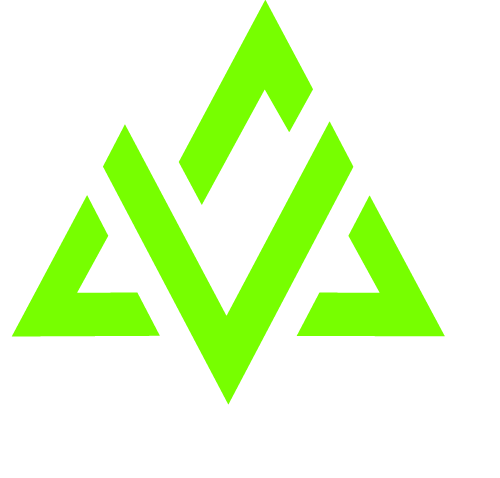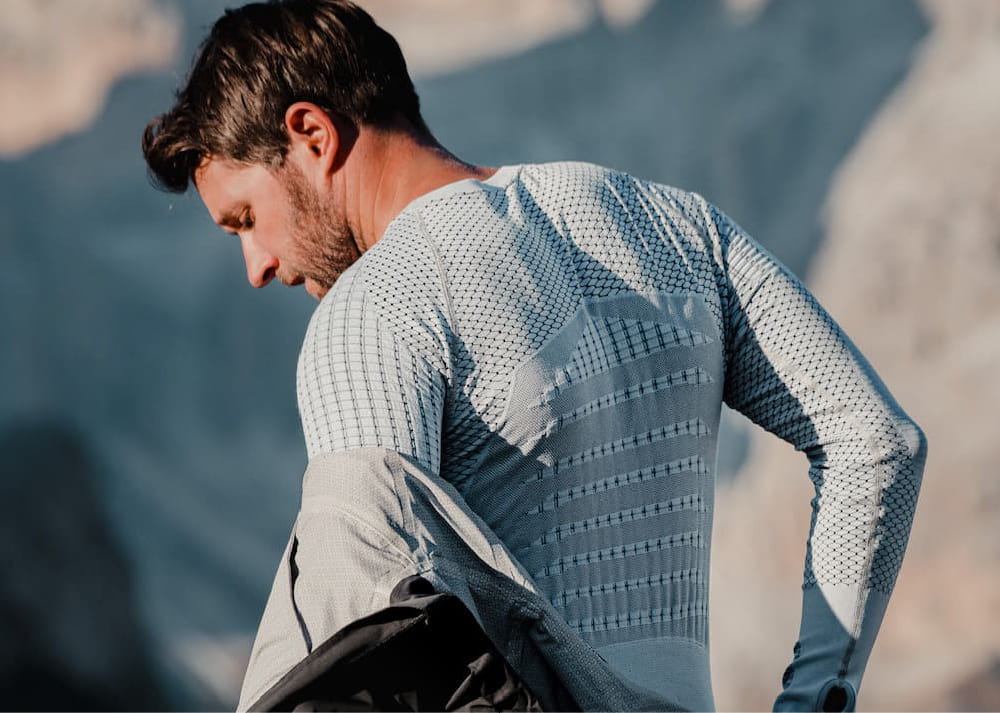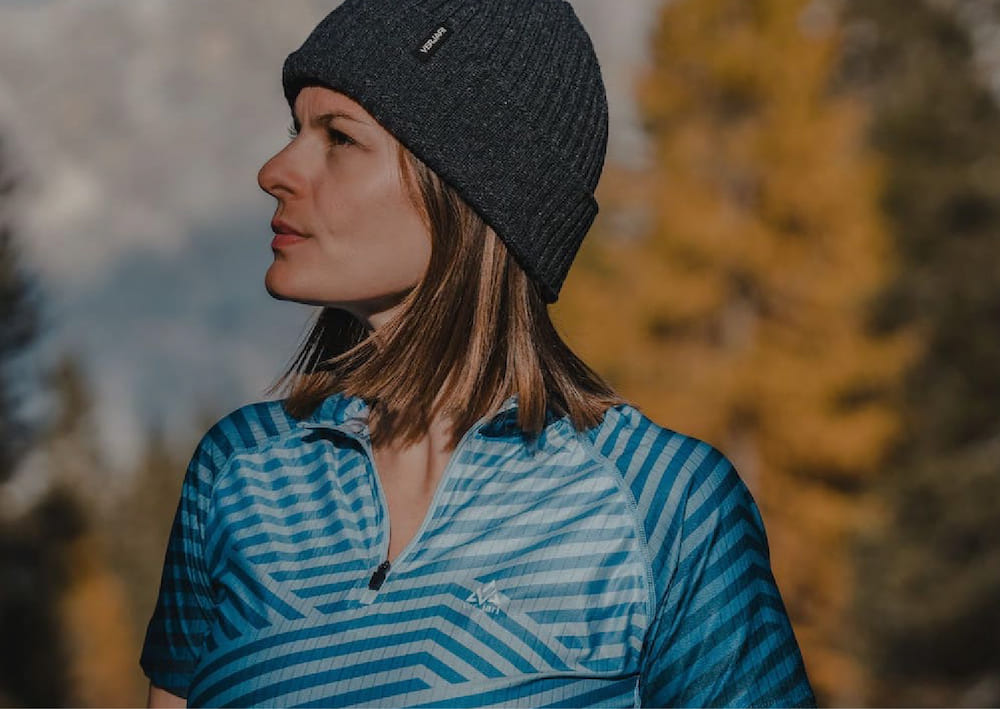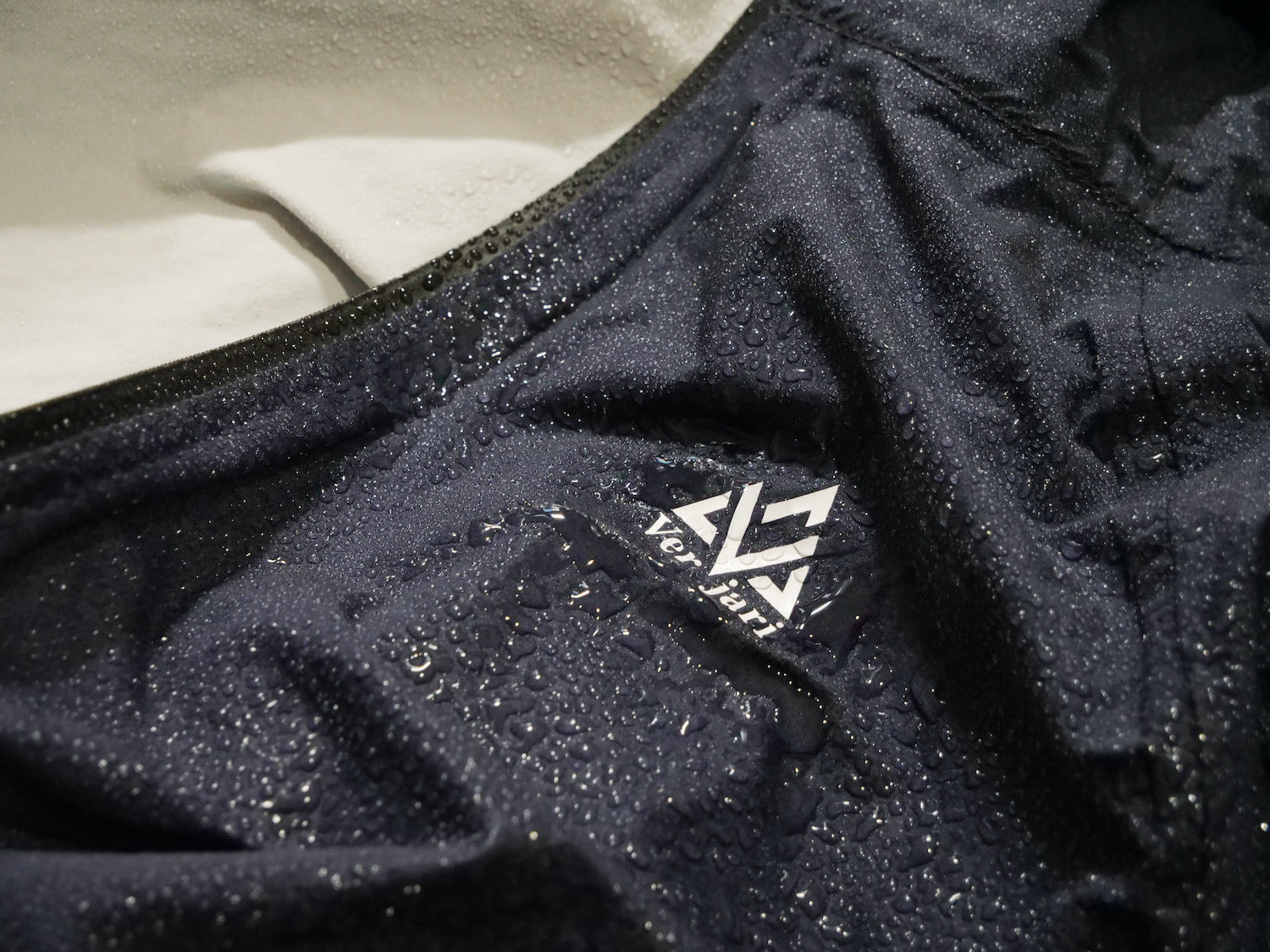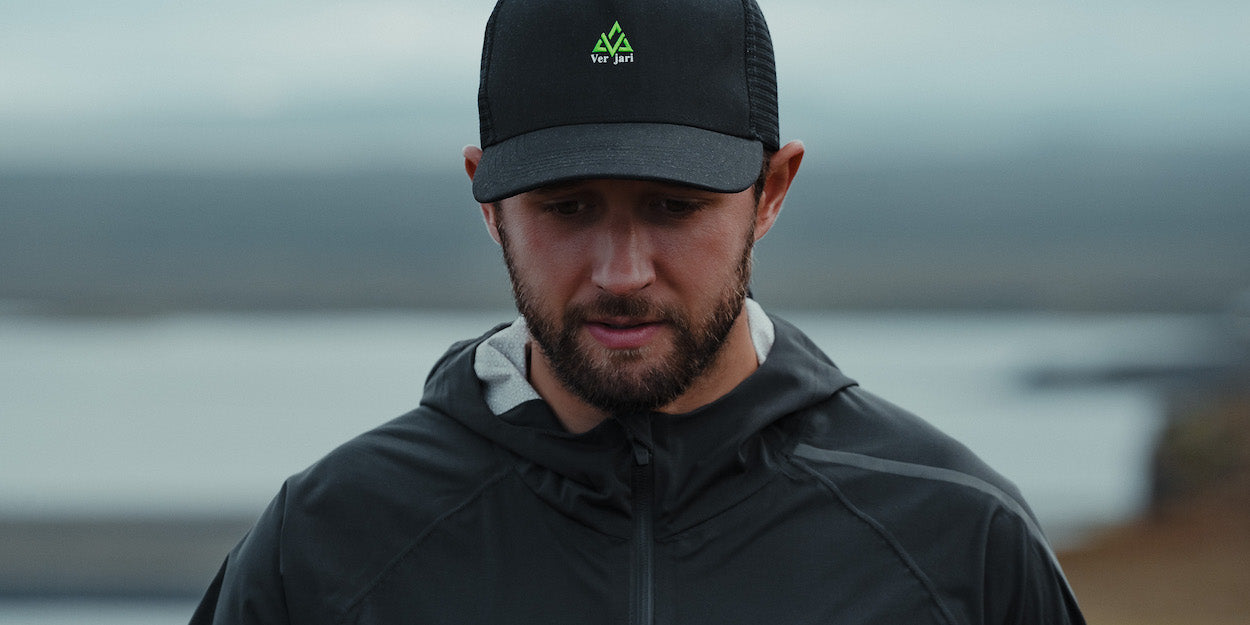Trail running can be practiced on many trails but this discipline becomes king when it is practiced in the mountains. A delicate environment which requires special training. Put on your sneakers, we'll take you to training.
Prepare for the mountain race
It is very plausible that your goal is to participate in a mountain trail. Of course, that will require training, as always. However, this will have to be much more specific than usual. The mountain is no ordinary playground, and without a doubt, probably not the one you are used to facing.
In the mountains, three things are generally different from a usual outing. Three factors that you will not find anywhere else under the same seams.
The altitude, the drop and the playing field itself. Running in the mountains is above all a race against yourself, the older ones will tell you. In training or in the race, you will face only one person: yourself. If the panoramas and the pleasure taken are sometimes transcendent, physical and mental hardness will push you to your limits.
To cope with altitude, only real conditions can accustom you to this affront of physical activity at altitude. The oxygen is less, the muscles therefore respond less well and the breath becomes very hard to find beyond the symbolic bar of 2000 meters. Naturally, thanks to an already important land form, you will obviously manage to manage this deficiency better than a non-athlete. However, an accessory could allow you to simulate certain identical conditions. For several years, altitude simulator masks have appeared on the market. Once worn, they filter the distribution of oxygen to best simulate a previously chosen altitude. A fallback solution, this type of mask only intervenes at the level of the breath and does not, however, really alter the sensation of the muscles.
The playing field is easily transposable. If the mountain allows you to go from forest trails to stony descents in a few meters, it presents a mix of several playgrounds, available in many regions. The only difference is the possible presence of snow and more water hazards. If the change of scenery is not as frequent, it is surely possible to find wooded, stony or rocky paths around your home.
The habit of vertical drop can be worked on through various exercises that you have necessarily already done. The irregularity of the course can never be simulated. A slope that is never constant in the mountains.
What exercises for the mountain?
Hill races, mats and fartlek should be the key words of your future training weeks.
Interval training on a hill will allow you to confront a drop in altitude and quickly climb in the cardio zones. Prefer dry climbs that do not exceed 15% elevation. By working around your anaerobic threshold, i.e. at the limit of zones 4 and 5 of your max frequency, you will fuel the power of your muscles and their ability to repeat a delicate effort.
On the property side, sessions on a treadmill with a deliberately increased incline (to simulate a percentage) will be beneficial. Finally, think about mixing and finding a compromise between power and endurance by planning different fartlek sessions in your training. Play with the climbs and descents of your course in sessions that should not exceed 45 minutes. Control your paces and increase them as the terrain changes. For mountain training, nothing better than a fartlek where you push uphill (zone 4 or 5) and release when the trail softens (zone 3).
